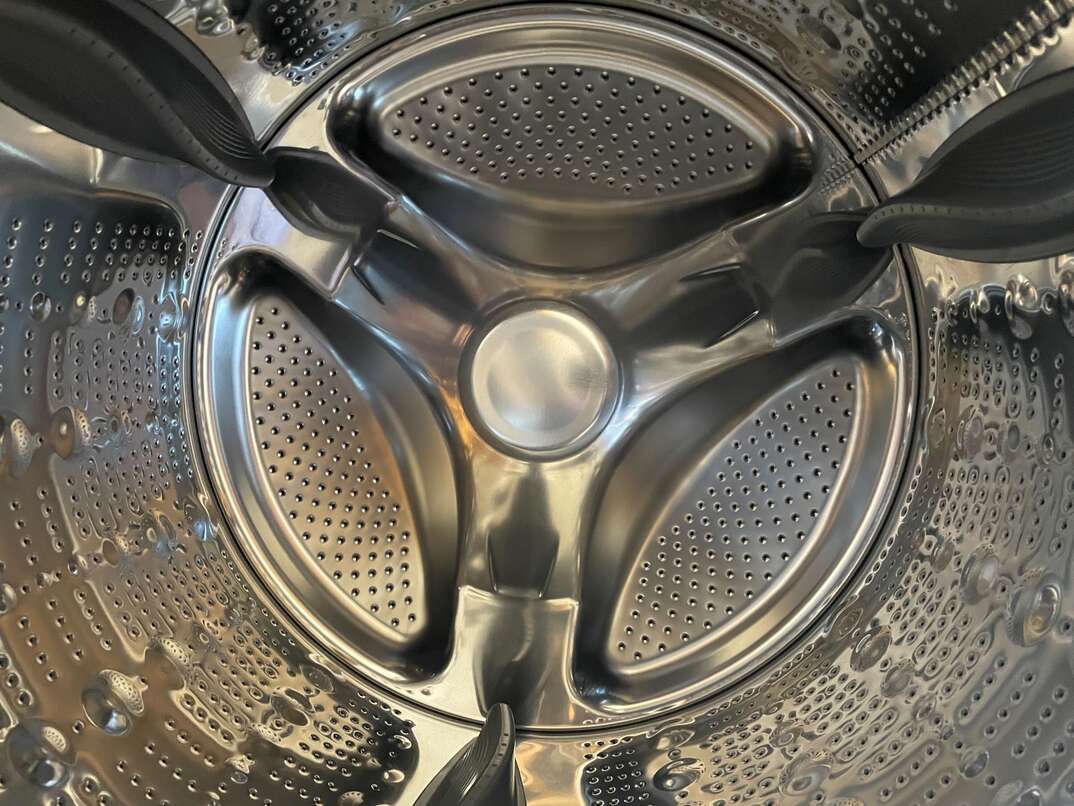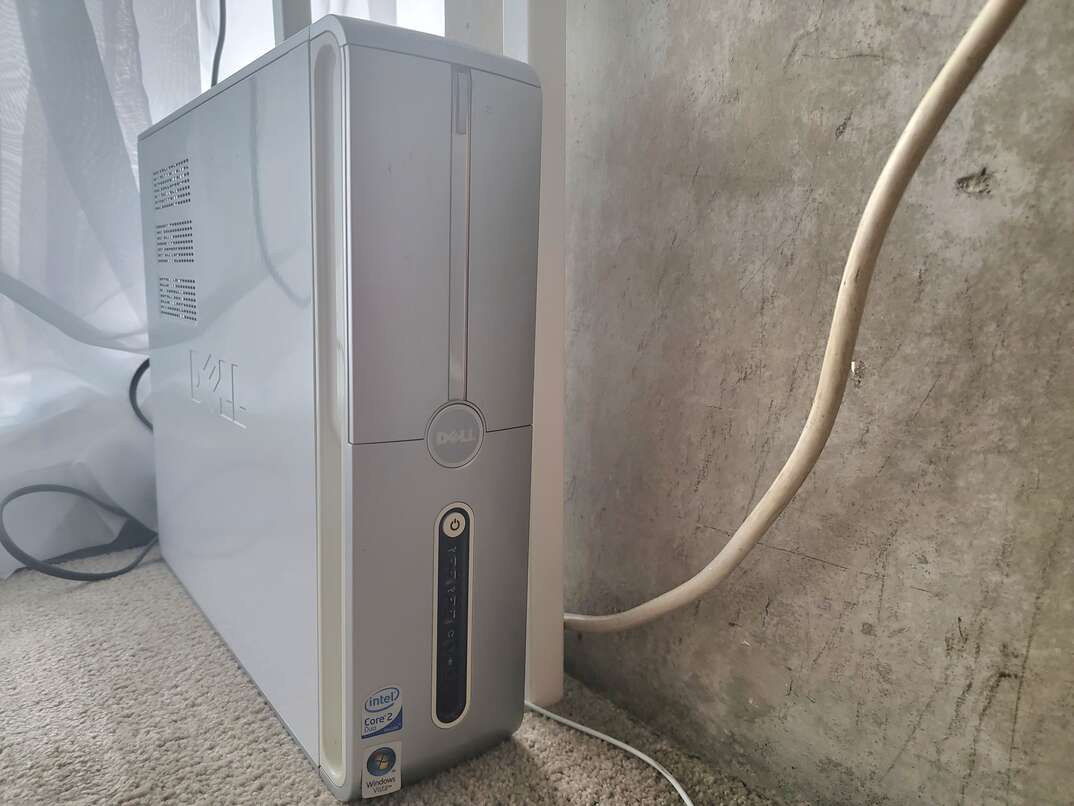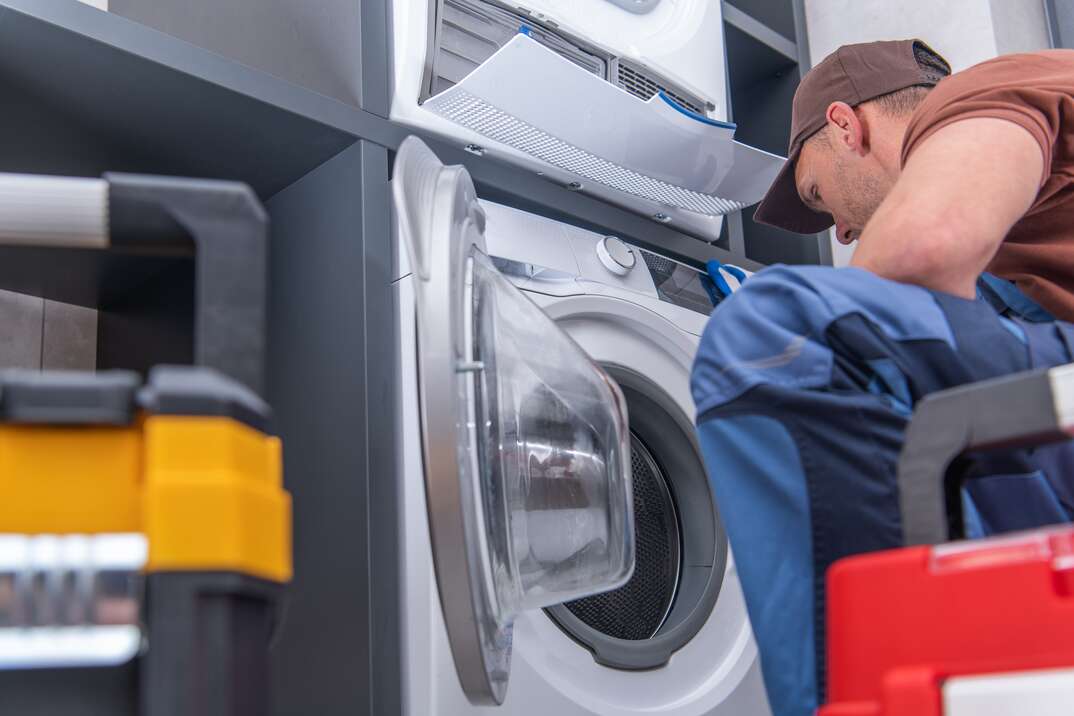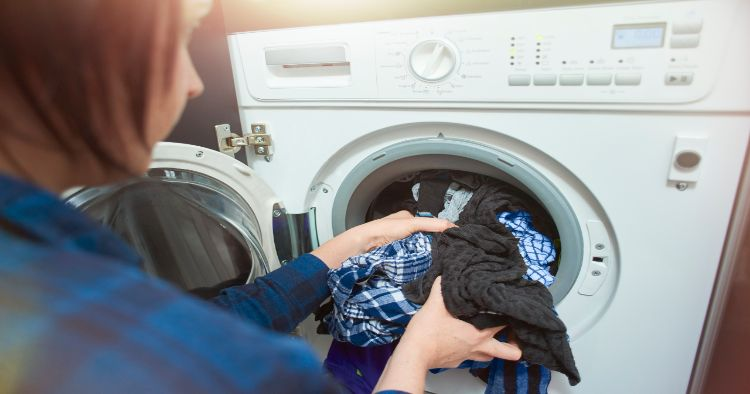How to Clean a Washing Machine

When it comes to household appliances that do a lot of heavy lifting, washing machines really take the cake. It’s estimated that the average U.S. household washes about 50 pounds of laundry — that’s roughly 7.4 loads ‚ a week! Needless to say, your washing machine probably gets a lot of use.
This May Also Interest You: Avoid a Malfunction With These 9 Washing Machine Maintenance Tasks
But because its job is literally to wash, you may not realize that clothes washers require routine cleaning, too. A buildup of soap and detergent residue can create a film that can trap dirt, bacteria, mold and mildew. Left unchecked, this buildup can clog the inner components of the machine, leading to other performance issues down the line, like unpleasant odors and leakages. Fortunately, making sure your washing machine is clean is a simple task.
How Often Should You Clean a Washing Machine?
How often you should clean your washer largely depends on what type of washing machine you have. For example, standard top-loading washers need less maintenance than front-load units. In general, a top-load washer should be cleaned at least twice per year. However, if you live in an area with hard water, try and clean it every three months to prevent mineral deposits from forming.
On the other hand, if you have a front-loading washer, you should try and clean your washer at least once a month. It’s harder for water to evaporate out of these machines, and thus, they're more prone to developing mold and mildew.
Cleaning Your Washer: Start With the Dispenser (If You Have One)
Regardless of what type of machine you have, if it’s a relatively recent model, it probably has built-in dispensers meant for detergent, bleach and fabric softeners. Over time, these substances can build up in the system and cause performance issues down the road, including odor and leakage issues.
Step 1: Heat Vinegar
Start by heating a cup of white distilled vinegar in a microwave or a saucepan on your range. Make sure the vinegar gets to the brink of boiling. Then, being careful not to burn yourself, pour the hot vinegar into the dispenser and allow it to sit in the dispenser for a few minutes.
Step 2: Run a Wash Cycle
Once the vinegar has had a moment (about five minutes) to sit in the dispenser, run a normal wash cycle. The vinegar will clean and remove any buildup in the internal components before being dispensed into the drum and rinsed away.
Step 3. Brush the Dispenser
After you’ve run the cycle, take a soft bristle brush (an unused toothbrush will work fine) and brush away any visibly accumulated gunk and debris on the dispenser. If your model has a removable tray, you can submerge it in warm vinegar for a few minutes before scrubbing it with the brush. Once the tray has been soaked and scrubbed, rinse it with clean water and put it back in the machine.
More Related Articles:
- When’s the Last Time You Replaced Your Appliances’ Hoses? Here’s How to Change All of Them
- How to Clean a Washing Machine Drain
- Here’s How to Change the Direction the Door Swings on Yoru Washer and Dryer
- How to Move Your Washing Machine
- Should You Repair or Replace Your Washing Machine?
How to Clean a Top-Loading Washer
In order to clean a top-load clothes washer, start by making sure there’s no laundry in the unit and that there’s no detergent or fabric softener in the internal dispenser.
Step 1: Fill the Drum With Hot Water and Bleach
Starting with an empty machine, fill the drum of the washer with hot water. Use the washer settings to fill the drum with the highest temperature setting on the machine, but stop it before it starts to agitate. Then, add a quart of chlorine bleach to the water.
Step 2: Run a Wash Cycle
Once you’ve added bleach to the drum, let the washer run through a complete wash and spin cycle. Complete with a rinse and drain to remove all of the bleach.
Step 3: Fill the Drum With Hot Water and Vinegar
Once the drum has been completely drained, fill it up again with hot water using the washer settings, making sure you stop it before it agitates. This time, add a quart of distilled white vinegar to the hot water in the machine.
Step 4: Run a Wash Cycle
Just like before, after you fill the drum with water and vinegar, run a wash and spin cycle, allowing the washer to completely rinse and drain.
How to Clean a Front-Loading Washer
Cleaning a front-load washer requires a different cleaning strategy than top-load washers. And the process is a little more involved. This is due to the fact that front-loading washers tend to accumulate more dirt, mold and mildew than top-loading washers.
Step 1: Add Bleach to the Dispenser
Start by adding 1/2 cup of bleach to the machine’s detergent dispenser. Then, fill the bleach dispenser compartment with bleach to the “max” fill line.
Step 2: Run a Wash Cycle
Using warm water, run a normal wash cycle and rinse cycle.
Step 3: Clean the Door and Gaskets
After the cycle’s been run, use a clean microfiber cloth to dry around the washer door, gasket, and door glass. Wiping these down will keep any mold and mildew residue from accumulating.
Wash, Rinse, Repeat
Washing machines need regular cleaning and maintenance to keep running smoothly. Luckily, routine washing machine cleaning is a pretty simple task that takes little to no time at all.


